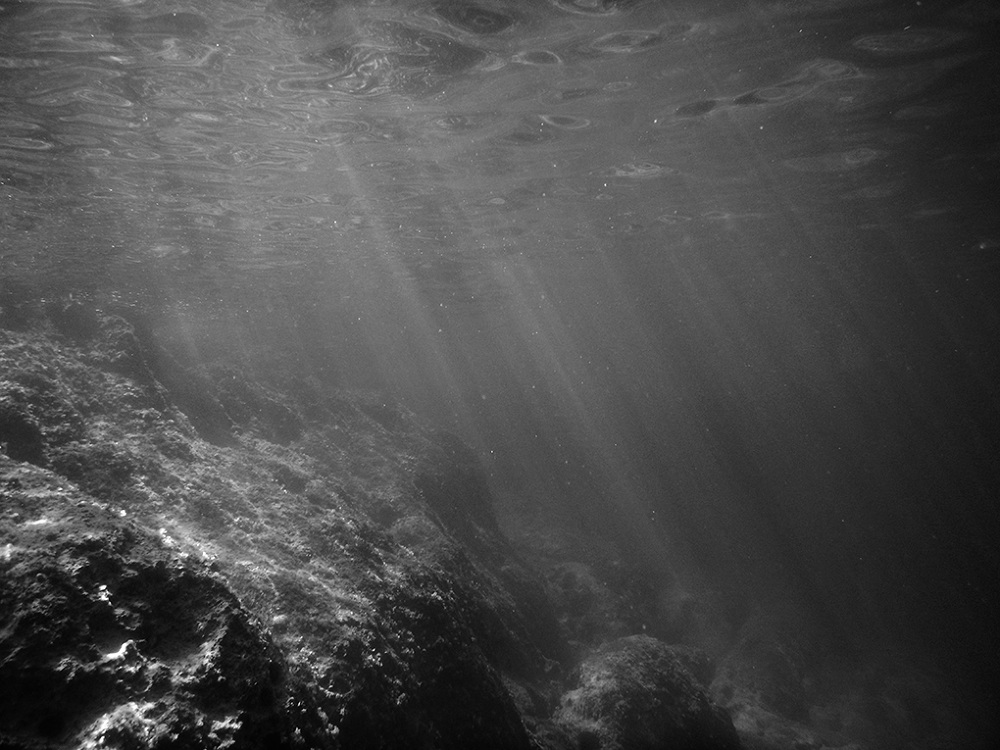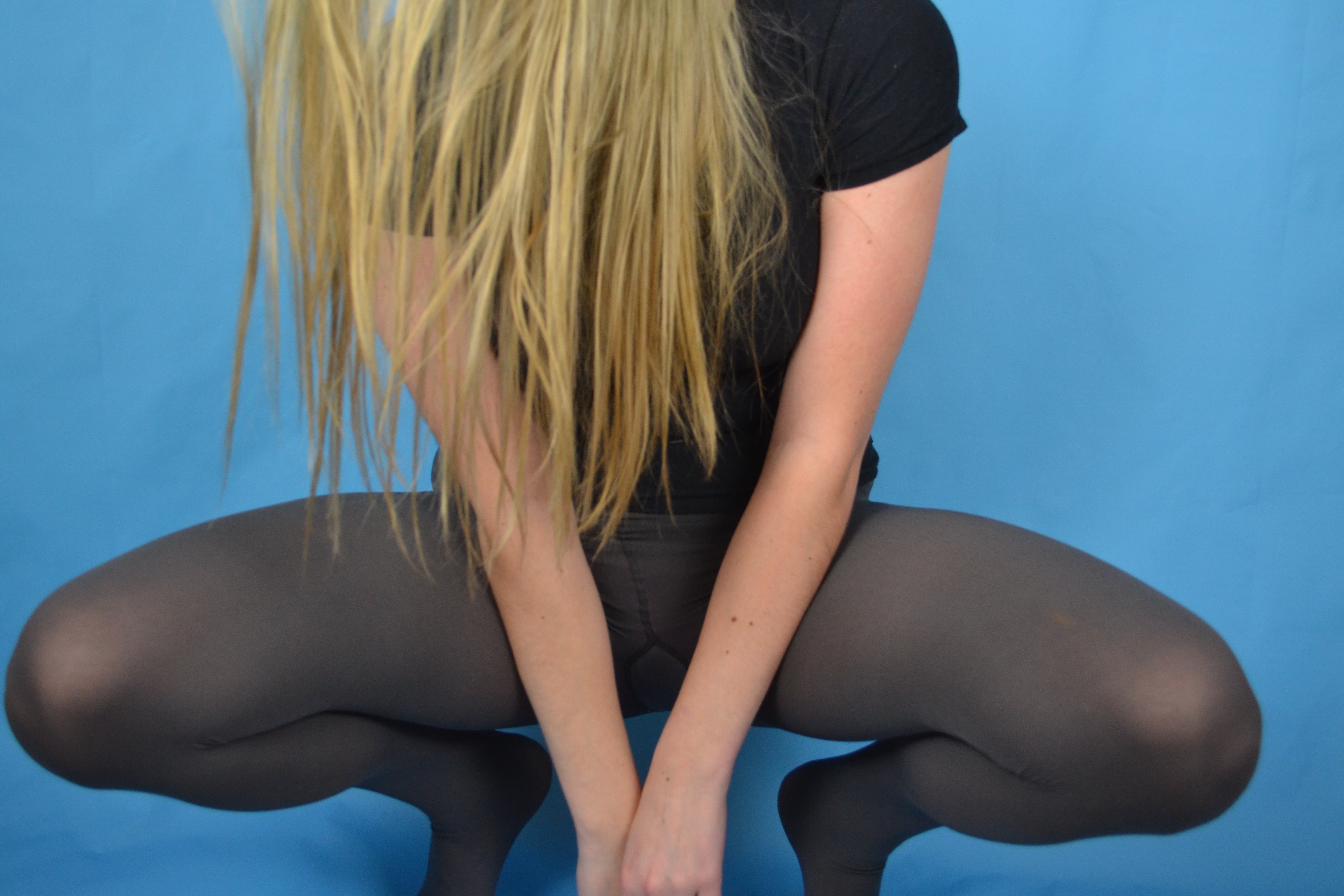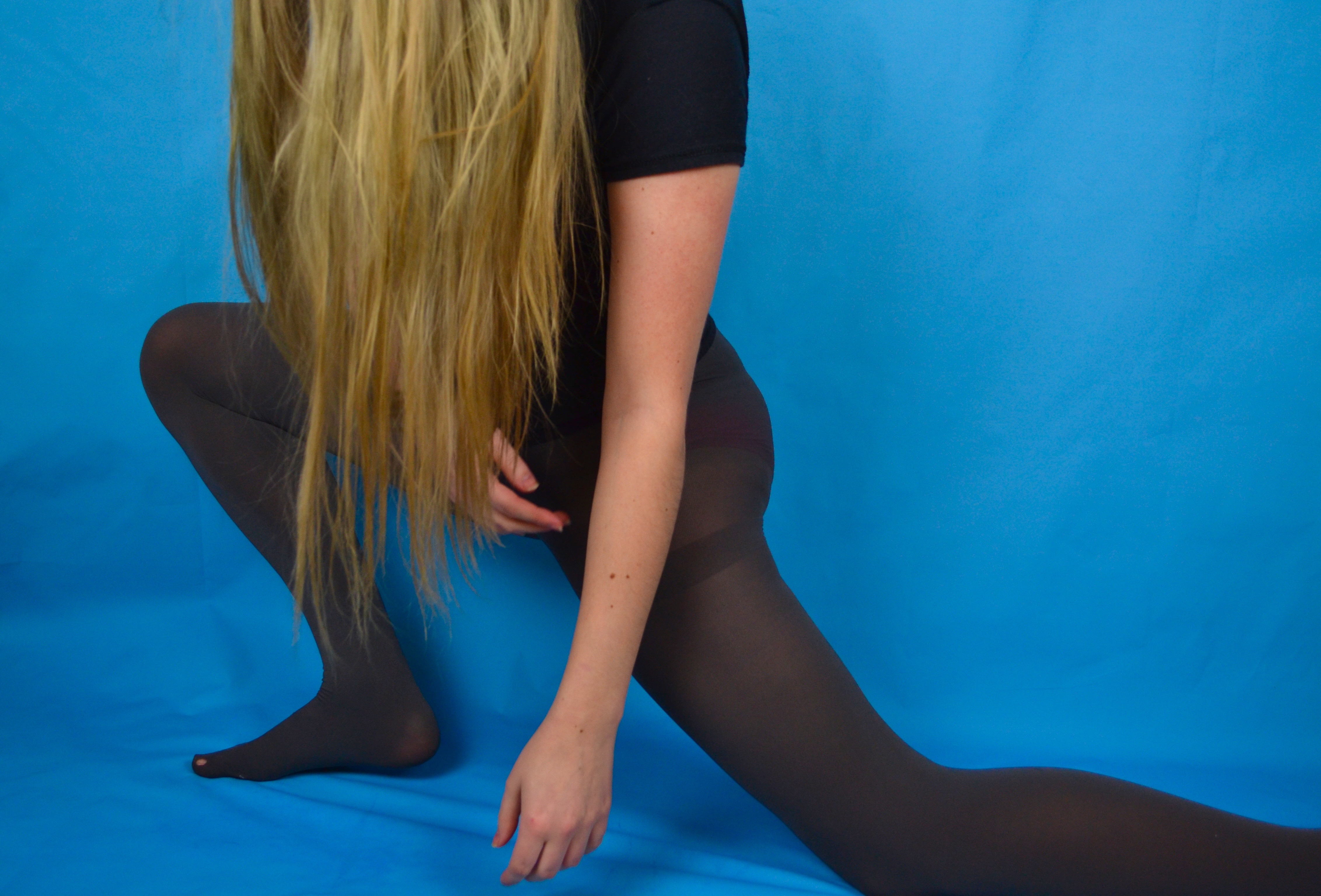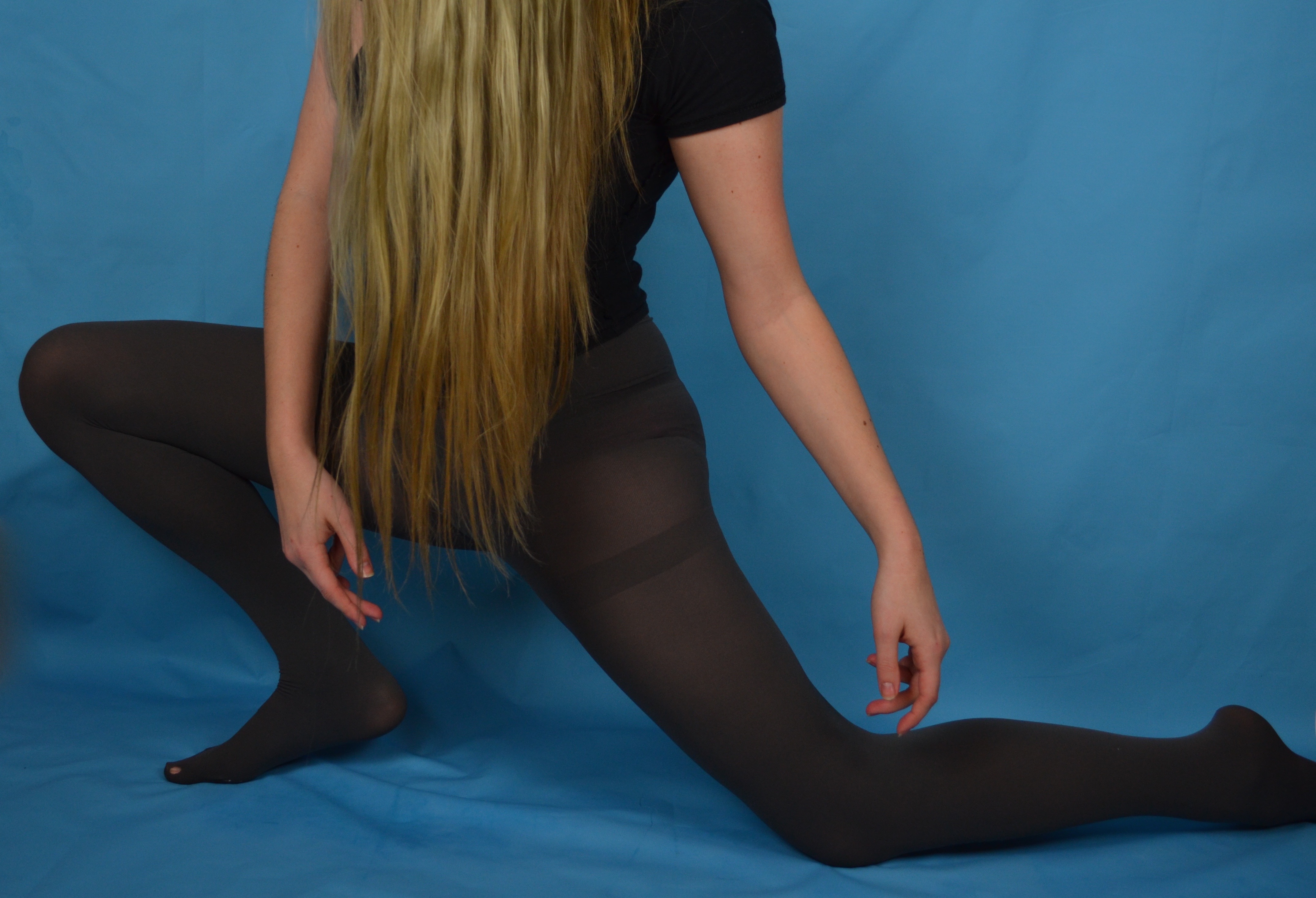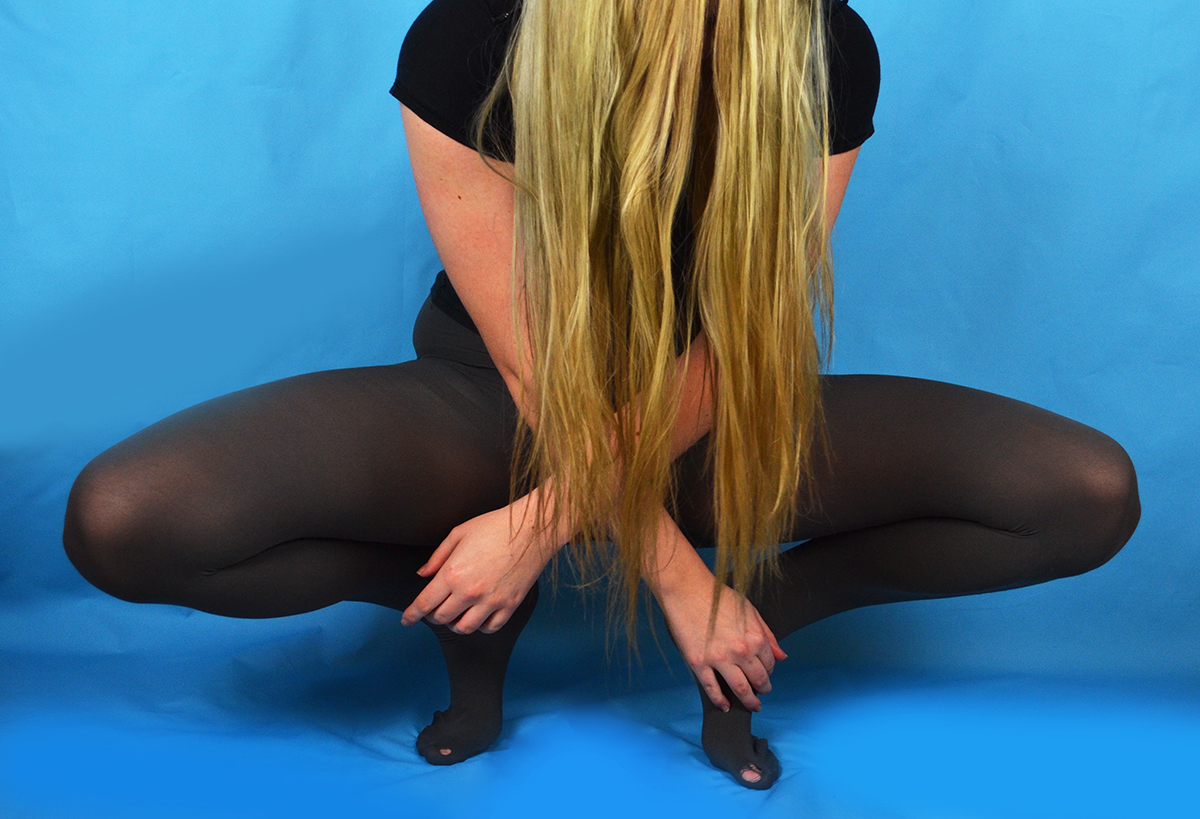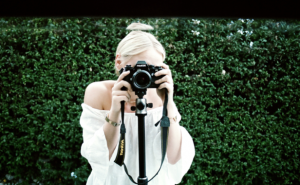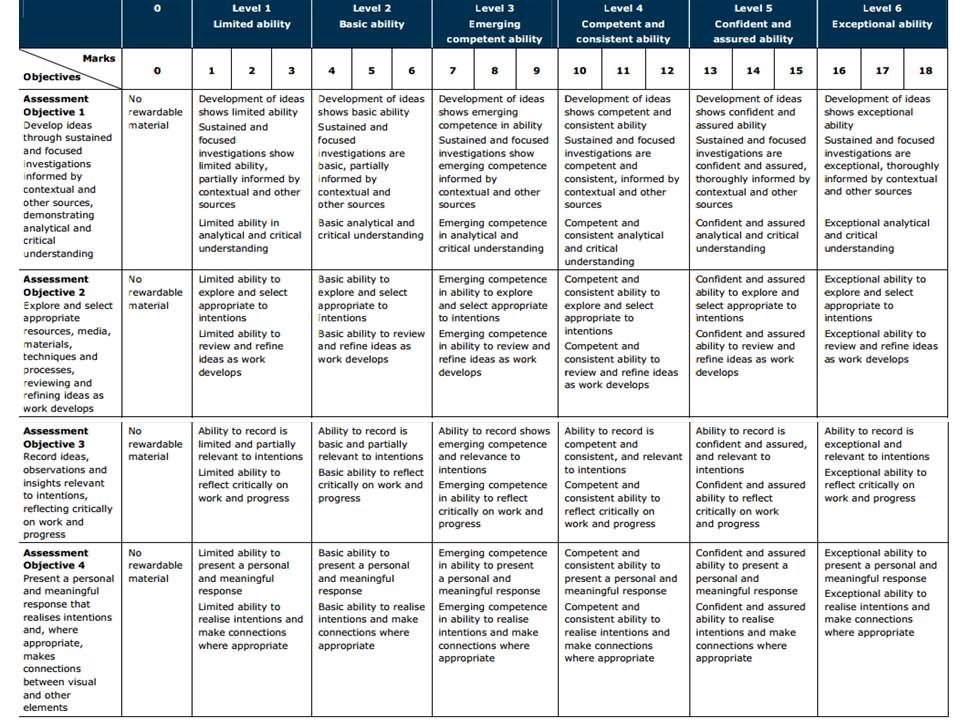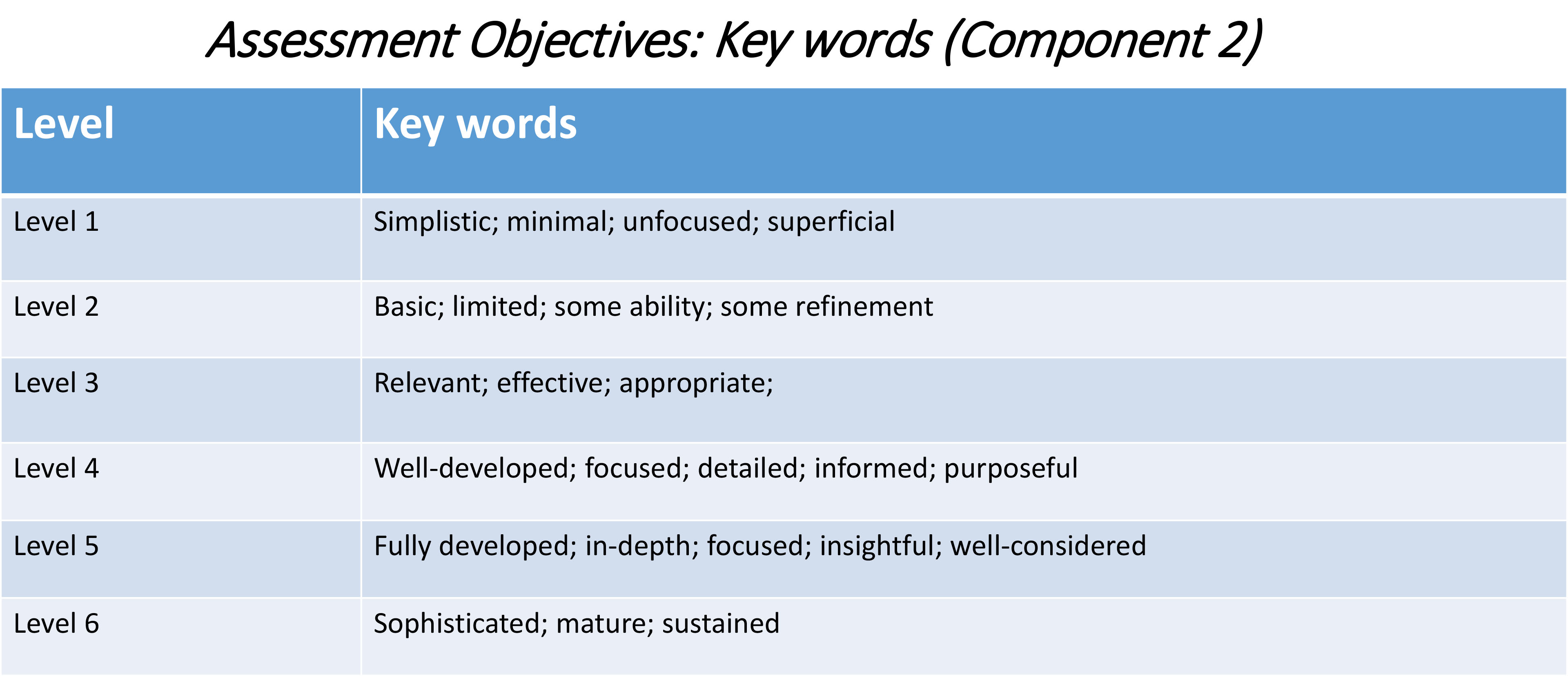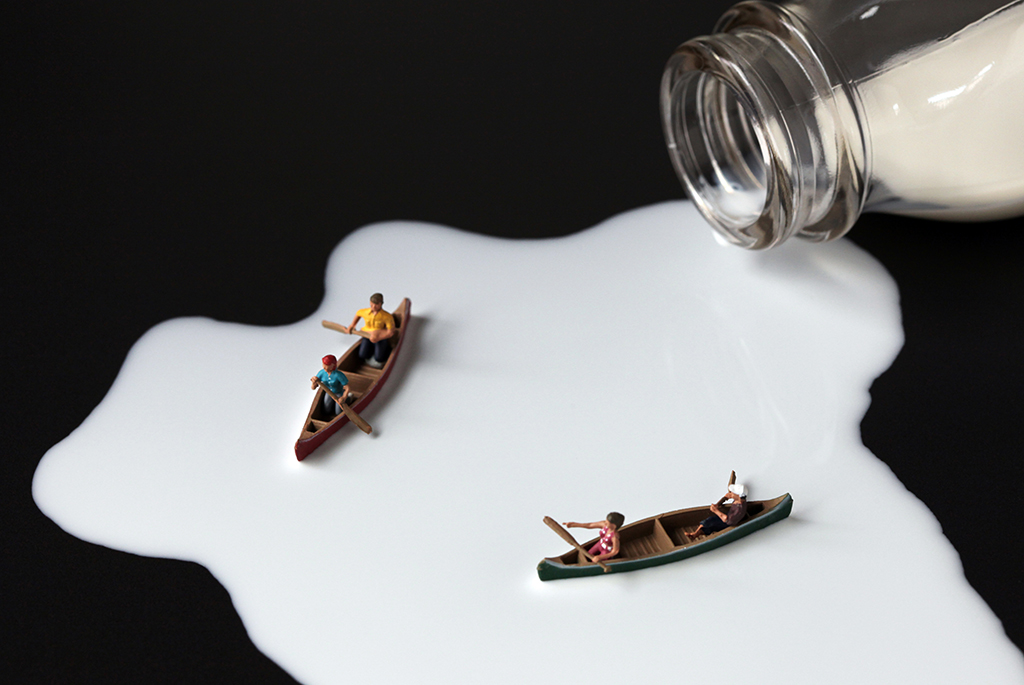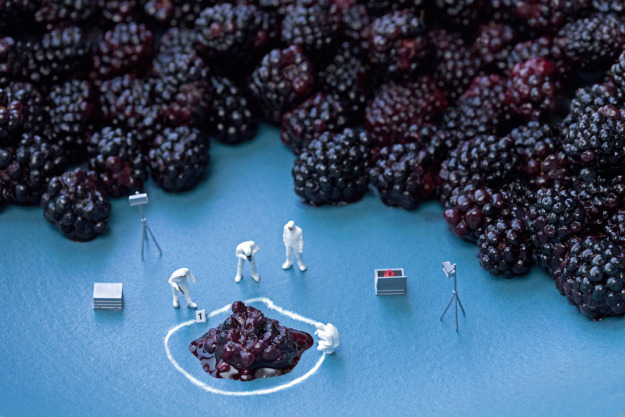Water
Based on my first shoot I have identified a theme that I am considering pursuing further. Water. Water is something that is an integral part of all environments, civisialiations are based around water, in the desert the only places that permanent communities are set up are are near to water. 40% of humanity live near a coast line [1] and throughout the rest of the population they almost all live near to some source of water. Human beings need water to be able to survive and so it is an essential piece of our environment. Living on a small island as I do my life is also more connected to the water than most people would be, I have spent my whole life around the sea, I feel lost if I am too far away from the coast. The world and places that I have visited seem incredibly far away and distant from other civilization unless they are near to the coast. It is incredibly difficult to explain but I feel isolated and alone if I am a distance from the coast, even if there are people all around me I feel like the community (village, town, ect…) are isolated and alone, unless the are near to the sea. There is a great degree of comfort that I gain from being near to the sea, this is probably linked to my family history, my Grandfather on my mother’s side was a fisherman and his father before him, all the way back for a long time. My mother also had these close links to the sea and drove me to this with a lot of my childhood being spent at the beach and out on the water.

There are many photographers that have used water as a part of their work. Although usually not the main feature there are some like Tanja Deman whose work has the water as a highly integral part of it. Her project titled “Saltwater” looks at the underwater environment is a kind of activism in response to the threat of oil companies wanting to start drilling in this coastal area. This would have been terrible for the environment due to possible oil spills and other contamination from the general process of creating these rigs and housing the crews. Her works usually have some focus on structures; buildings and natural structures and how humans interact with them. A particular connection is felt between her and the sea, in an interview with Süeddeutsche Magazine Deman talks about how closely connected she is with the water, she says that
“the sea has become part of my personality”
and talks about how the people who have lived in the same place as her for over 1700 years have their whole lives based around the sea; fishing and tourism being the main industries in the area make the connection between these people and the sea one of the most powerful connections. This is something that I was trying to go for with the first shoot that I did but it did not properly work out that way, it was difficult to show that kind of raw connection between people and the sea without taking images over a much longer time frame. This kind of time frame is not available to me for this project so I’m going to have to look at another way to explore the water.
Instead I’m going to look at trying some more abstract methods and concepts for representing water as an environment. Looking into the use of colour under the water would be a good way to study this.

